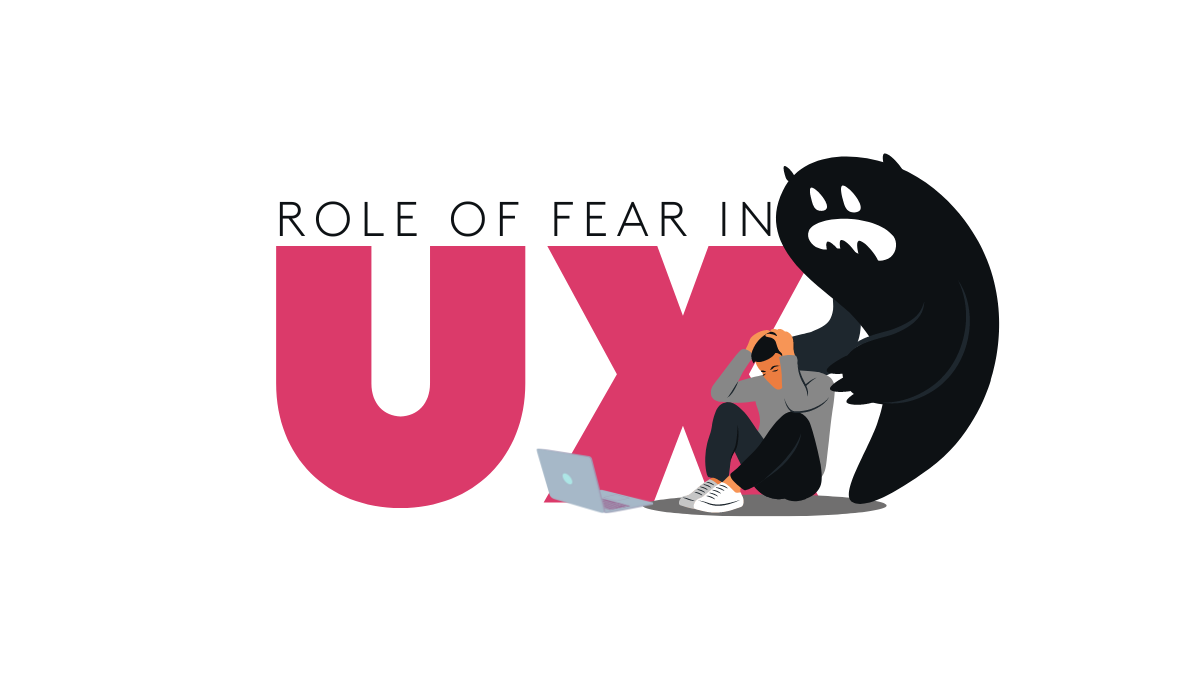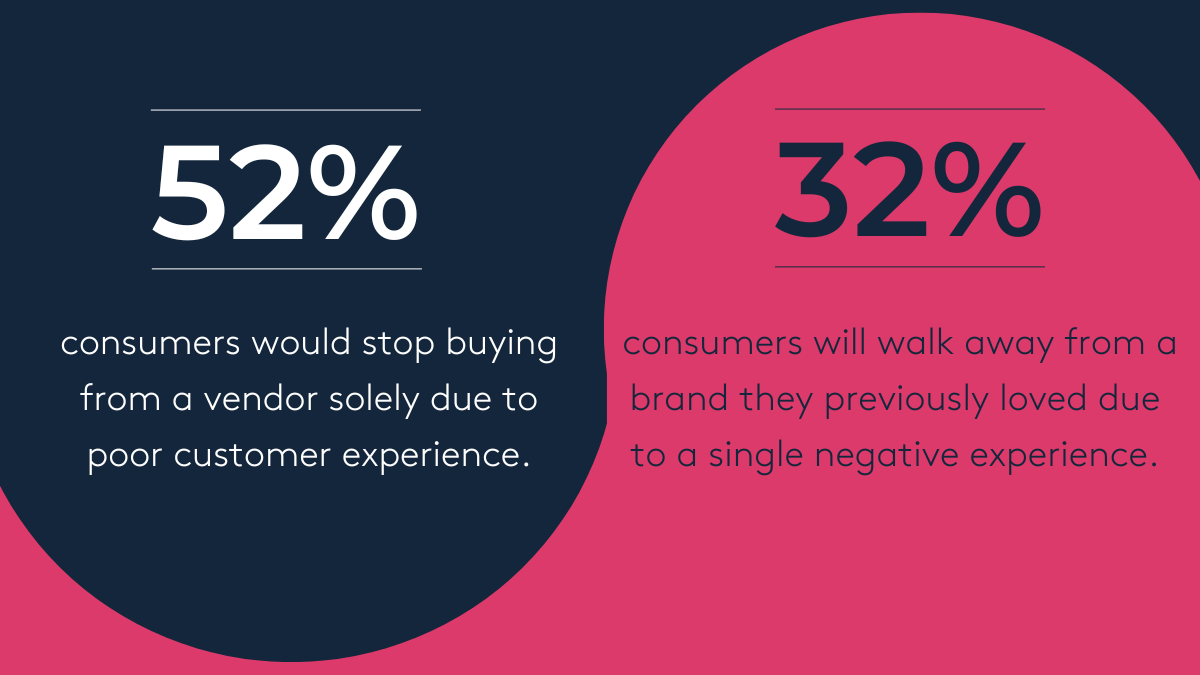Case Study
Crafting Excellence: Smeg’s Innovative approach to Customer Service
Learn how Smeg delivers excellent customer service by leveraging Oracle's Generative AI...
3 min read

Author: Dan Raper
5 min read
Back in the Spring of 2021, I like most of us was coming to grips with our new shared reality of working in lockdown. I had just completed a series of user interviews over Teams, and as a vocal proponent of a good shadowing session, I was feeling fairly miffed over what the restrictions meant for me as a researcher. The social upheaval was already proving interesting for our business, with demand for solutions like service channels and chatbots rising – so logging into a fully-online BAD Conference I was expecting to hear the same heady mix of professional angst and excitement from others in the industry.
Instead, I was lucky enough to catch David Evans’ award-winning talk on the role of emotion in forming memories, and his research work demonstrating the subsequent effect on revenue. Building on Daniel Kahneman’s well-known work, it demonstrates how cognitive biases skew our memories and sentiments towards an experience; instead of taking a neat average of each lived moment when forming memories, our minds instead tend to focus on the snapshots of strongest emotion, whether those are positive or negative – the “peaks and pits”.
The overarching theme is that it is not enough to simply remove friction from experiences to build brand loyalty. To build a product or service which people love, it is not enough to guarantee your users can easily complete their tasks – you must also influence the emotions they are experiencing while they do so. We have to introduce the peaks – those “wow” moments of joy, elation or delight where the user has their expectations exceeded.
While the talk focused on driving increased revenue for mass-market, consumer-oriented products, it resonated with me deeply due to the inverse effect I have observed within the enterprise setting: the effect of fear.
Fear and anxiety are intense emotional experiences. They emerge through the amygdala, that part of the primate brain governing emotional reasoning and firing the fight, flight or freeze response. This sets off the physiological cascade leading to the easily recognised physical indicators of fear – sweaty palms, a fast-beating heart and quicker, shallower breathing. In terms of experiential “pits” to avoid, this is the big one; such an intense emotional and physical sensation stands out when our brain converts its living experience into long-term memories, leading to strong negative recollections of the experience which triggered it. But why would any piece of software provoke such strong emotions in a user?
For context, the kind of enterprise UX we deal with is mostly employee-facing CRM platforms or customer-facing support solutions. In other words, users of our solutions almost always have something to gain or lose – they have some personal stake in the outcome of the journey.
In the case of an employee using an enterprise system, this might be the pressure to meet KPIs or even the threat of sanction if a mistake is made. In the case of customers, this could be a problem with a product or service they have invested a non-trivial amount of time or money in.
This is the first driver for fear in users. Simple frustrations with a user experience like “I don’t know what to do next,” or “I don’t know what to enter” can be amplified by the real-world consequences stemming from the outcome of the task, becoming more emotive concerns like “how will I meet my targets this month” or “will I get my money back”.
Modern enterprise applications can be incredibly powerful. A simple click on-screen can have far-ranging, real-world impacts – like activating a legal contract, sending out parcels from a warehouse, or even starting a manufacturing process.
Now imagine that a perfectly run-of-the-mill usability issue occurs in one of these highly-integrated, hyper-automated solutions – perhaps a misclick due to buttons being poorly positioned, or insufficient signposting leading a user to submit incomplete data.
An employee can accidentally fire off a request to an integrated manufacturing system, or a customer can sleepwalk into submitting a booking request for a repair. There are now real-world consequences to contend with, through frantic emails to a manager or phone calls to a contact centre. Many legacy systems we’ve worked with have their own apocryphal horror stories – users accidentally sending empty boxes to factories, or emailing every recipient on a contact list.
This leads us neatly into the most important question – why do we care about causing stress and anxiety in our users? Moral obligations to employees notwithstanding, it will always eventually come back to the bottom line. When users don't trust a system to catch errors or highlight mistakes, they learn to take that cognitive load on themselves. Slow, deliberate clicks and constant double-checking of inputs might only cost seconds per task – but those seconds become minutes across a team and even hours over a whole day or week. Multiplying across an entire business unit over months and quarters, the cumulative efficiency cost of poor enterprise UX can be surprisingly high. This is before we begin to account for the effects of sustained stress on employee productivity and turnover, or inflated training costs for new hires onboarding to systems with poor discoverability and lots of pitfalls.
Moving back to the case of the customer, the concerns become more acute. In line with our working theory on "peaks and pits", we would expect customers who feel stressed or anxious during an experience with a vendor to create strongly negative memories of their experience. We already know that there is a strong correlation between customers’ recollections of CX and repeat business.

Admittedly, this piece only touches on the drivers of fear and how it can influence user behaviour at a high level - and for the sake of brevity, has treated users as something of a monolithic, homogenous entity. Obviously, this would never hold in a realistic scenario – but the emotional dimension of UX/CX and the role it plays in how users interact with a system is very real, and anecdotally one I’ve experienced first-hand during user research.
During reviews of legacy systems where those key drivers of fear – personal stakes, real-world consequences, and inconsistent experience – come into play, you hear those powerful, emotive adjectives like “hate”, “hostile” and “punishing” from users.
Crucially, the research shows that one moment of such strong negative emotion will vastly outshine the rest of the experience in memory, even if the user’s journey was otherwise frictionless.
These pits of emotion are central in solidifying negative recollections of both the experience and the brand that delivered it - with real, measurable effects on cost and revenue as a consequence.
Learn how Smeg delivers excellent customer service by leveraging Oracle's Generative AI...
3 min read
Enterprise UX Series-2nd Edition
1 min read
Enterprise UX Series-1st Edition
2 min read